Ellipsometric porosimetry can be used to probe the internal wettability of silica-based mesoporous films. The wettability of nanostructured surfaces is critical for applications such as self-cleaning and smart windows, antireflective coatings, membranes, and gas-sensing devices.
However, while the study of wettability and the determination of contact angle (denoted by θ) is regularly performed on planar surfaces with simple experimental setups, the resultant macroscopic wettability may not agree with the intrinsic (microscopic) wetting behavior of nanostructured materials.
Ellipsometric porosimetry (carried out using the PS-2000 series from Semilab) is one of the most powerful characterization methods for mesoporous thin films.
It delivers reliable pore size, porosity, specific surface area, and Young's modulus information in a completely optical, non-destructive manner for both thin film mono- and multilayers.
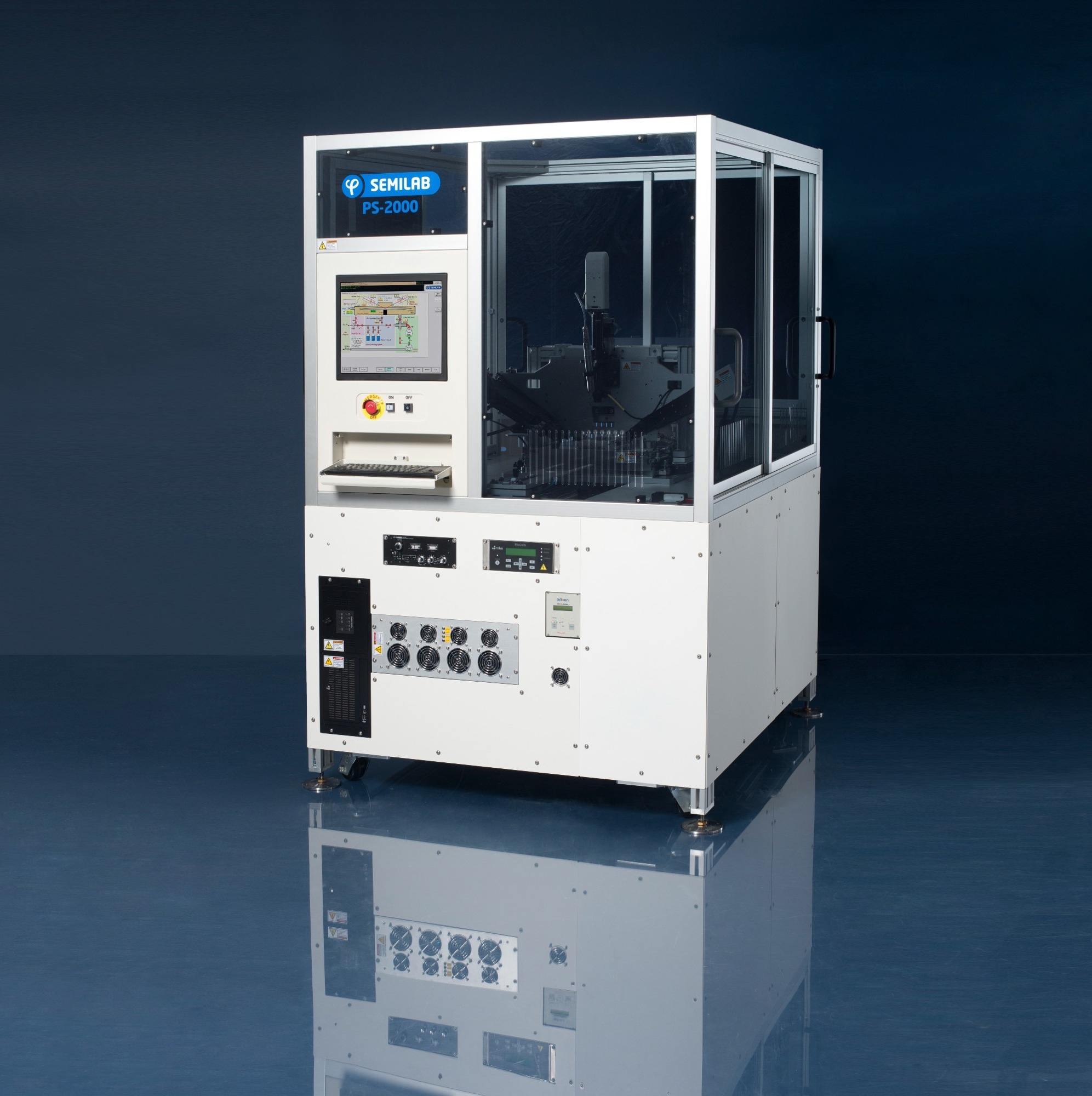
Figure 1. PS-2000. Image Credit: Semilab Semiconductor Physics Laboratory
Metrology
Ellipsometric porosimetry (EP) is the method used in this study to measure the change in the optical properties of a thin film that takes place as a result of the adsorption/desorption of solvent vapor in the pores to obtain a series of film thicknesses and refractive indices.
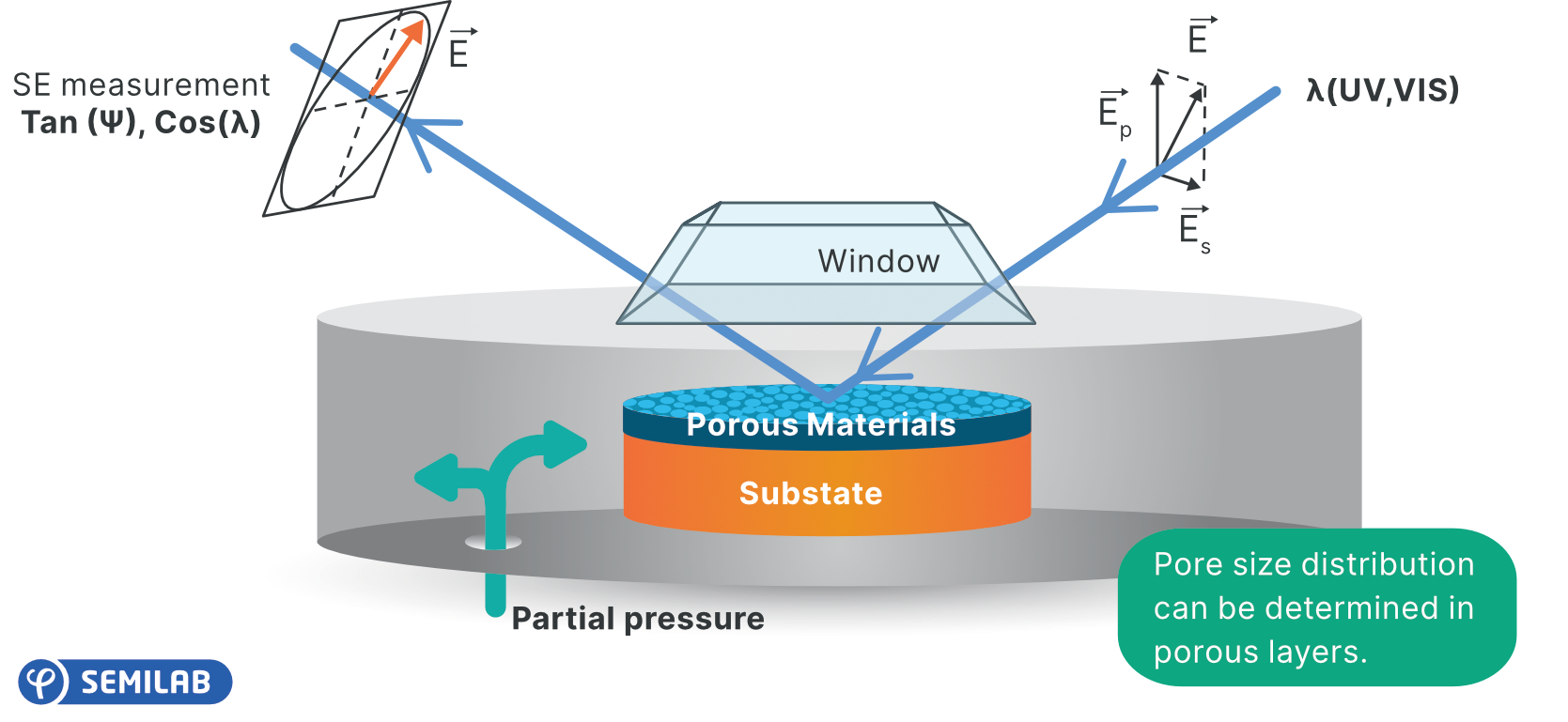
Figure 2. SE-2000 system’s mechanism. Image Credit: Semilab Semiconductor Physics Laboratory
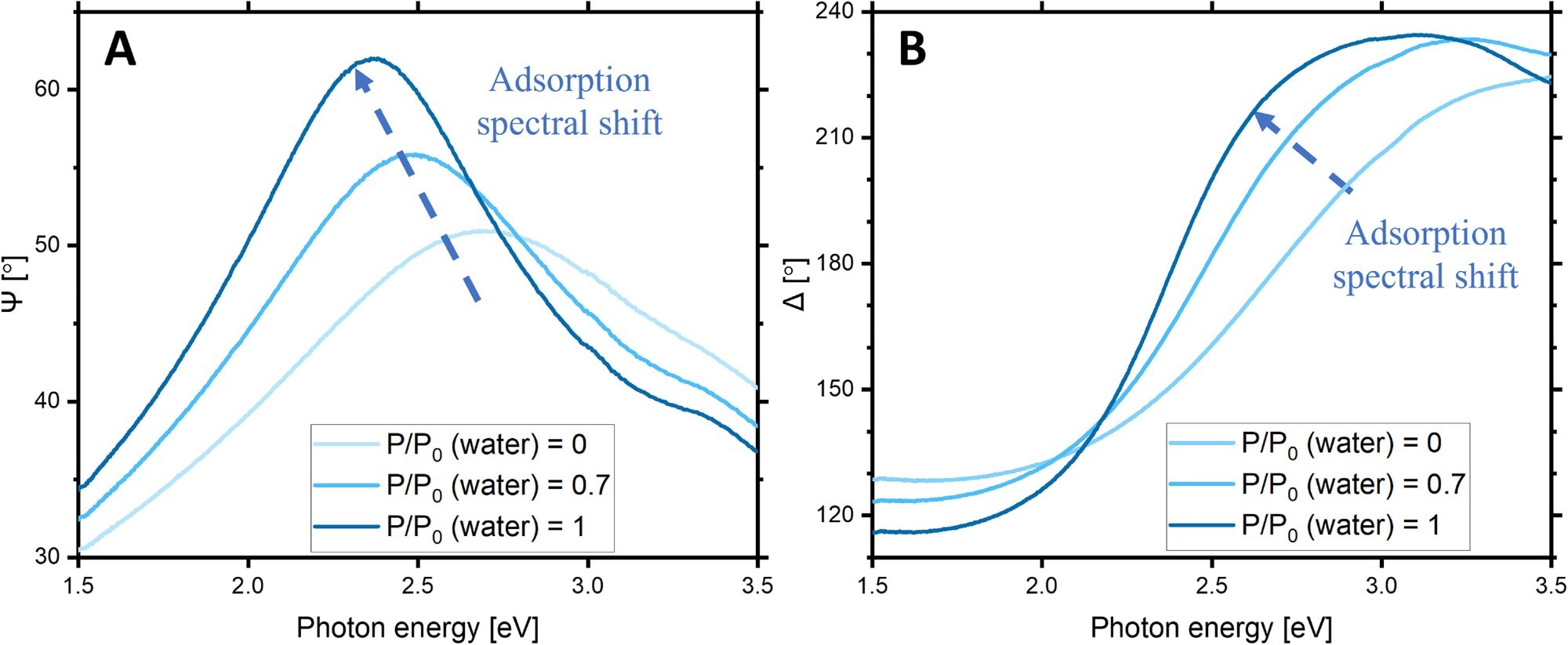
Figure 3. SE parameters recorded during a water adsorption EP cycle on the non-functionalized silica surface. Image Credit: Semilab Semiconductor Physics Laboratory
Use Case
Ellipsometric porosimetry was employed to study the internal wettability of functionalized silica materials.
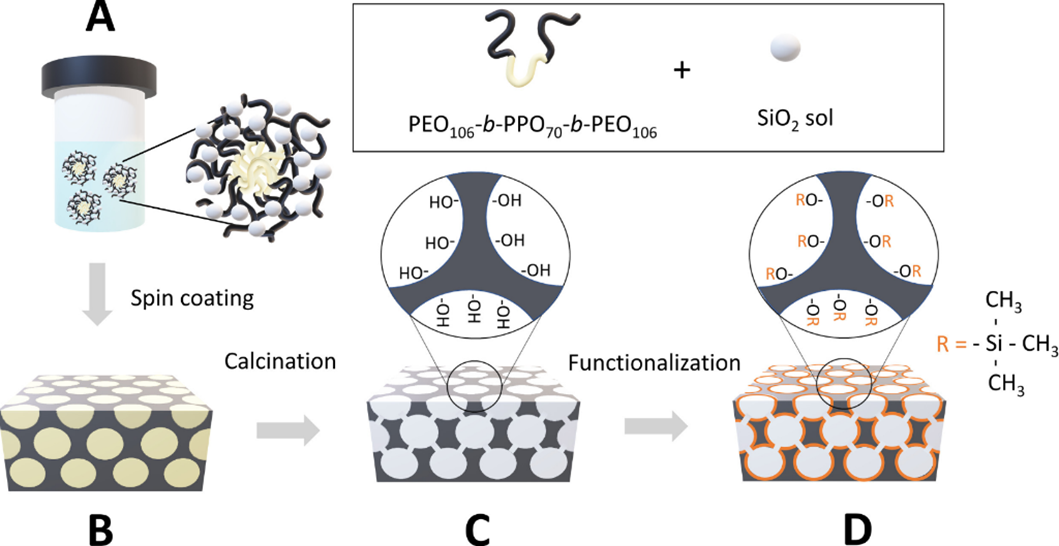
Figure 4. Sol-gel synthesis route towards methyl-functionalized mesoporous silica films. A: polymer-silica hybrid sol, B: polymer-silica hybrid thin film, C: as-calcined mesoporous silica thin film, D: methyl-functionalized mesoporous silica thin film. Image Credit: Semilab Semiconductor Physics Laboratory
Methyl-functionalization of the silica surface results in a delay in capillary condensation in the acquired volume-adsorbed isotherms. However, this effect was considerably more significant when considering the two more polar adsorptives.
Comparing functionalized and non-functionalized silica surfaces allowed the internal contact angle values to be calculated for all four tested liquids.

Figure 5. B, illustrates the pore size distributions (PSD) calculated from the isotherms measured with toluene shown on A, assuming 0° internal contact angle. C, demonstrates the PSD with fitted contact angles. Image Credit: Semilab Semiconductor Physics Laboratory
Figure 5 displays the resultant internal contact angles. The effect of both surface energy and adsorbate polarity may be observed.
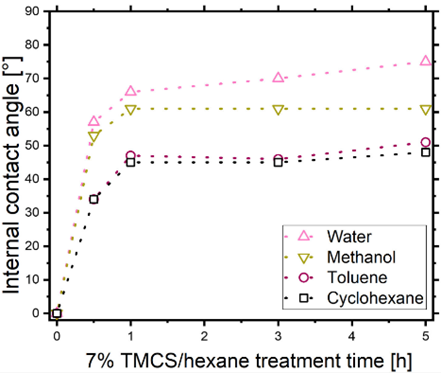
Figure 6. Internal contact angles of the TMCS-functionalized silica surfaces for the four investigated liquids as EP adsorbates. Image Credit: Semilab Semiconductor Physics Laboratory
Materials & Structures
Porous thin films ( TiO2, SiO2, WO3, ZnO), nanoparticles, low k-, mesoporous- & microporous materials.
SEMILAB Publications
- Máté Füredi et al., “Internal wettability investigation of mesoporous silica by ellipsometric porosimetry” in Science Direct Volume 768, 1 March 2023, doi: 10.1016/j.tsf.2023.139683.
- L. Kócs et al., “Ammonia-vapour-induced two-layer transformation of mesoporous silica coatings on various substrates” in Science Direct Volume 192, Oct. 2021, doi: 10.1016/j.vacuum.2021.110415.
- B. Tegze, et al., “Photoinduced processes of adsorbed and associated dye molecules in mesoporous titania coatings” in Science Direct Volume 167, August 2019, doi: 10.1016/j.dyepig.2019.04.017.
- L. Kócs et al., “Silica Sol-gel Coatings with Improved Light Transmittance and Stability” in Semantic Scholar, doi: 10.3311/PPCH.10550.
- C. Robertson et al., “Surface modification and porosimetry of vertically aligned hexagonal mesoporous silica films” in Publishing Issue 114, 2016, doi: 10.1039/C6RA23059H.
- E. Albert, et al., “Antibacterial properties of Ag–TiO2 composite sol–gel coatings” in Publishing Issue 73, 2015, doi: 10.1039/C5RA05990A.
- E. Albert, et al., “Introducing nano scaled surface morphology and percolation barrier network into mesoporous silica coatings” in Publishing Issue 74, 2015, doi: 10.1039/C5RA09357K.

This information has been sourced, reviewed and adapted from materials provided by Semilab Semiconductor Physics Laboratory.
For more information on this source, please visit Semilab Semiconductor Physics Laboratory.